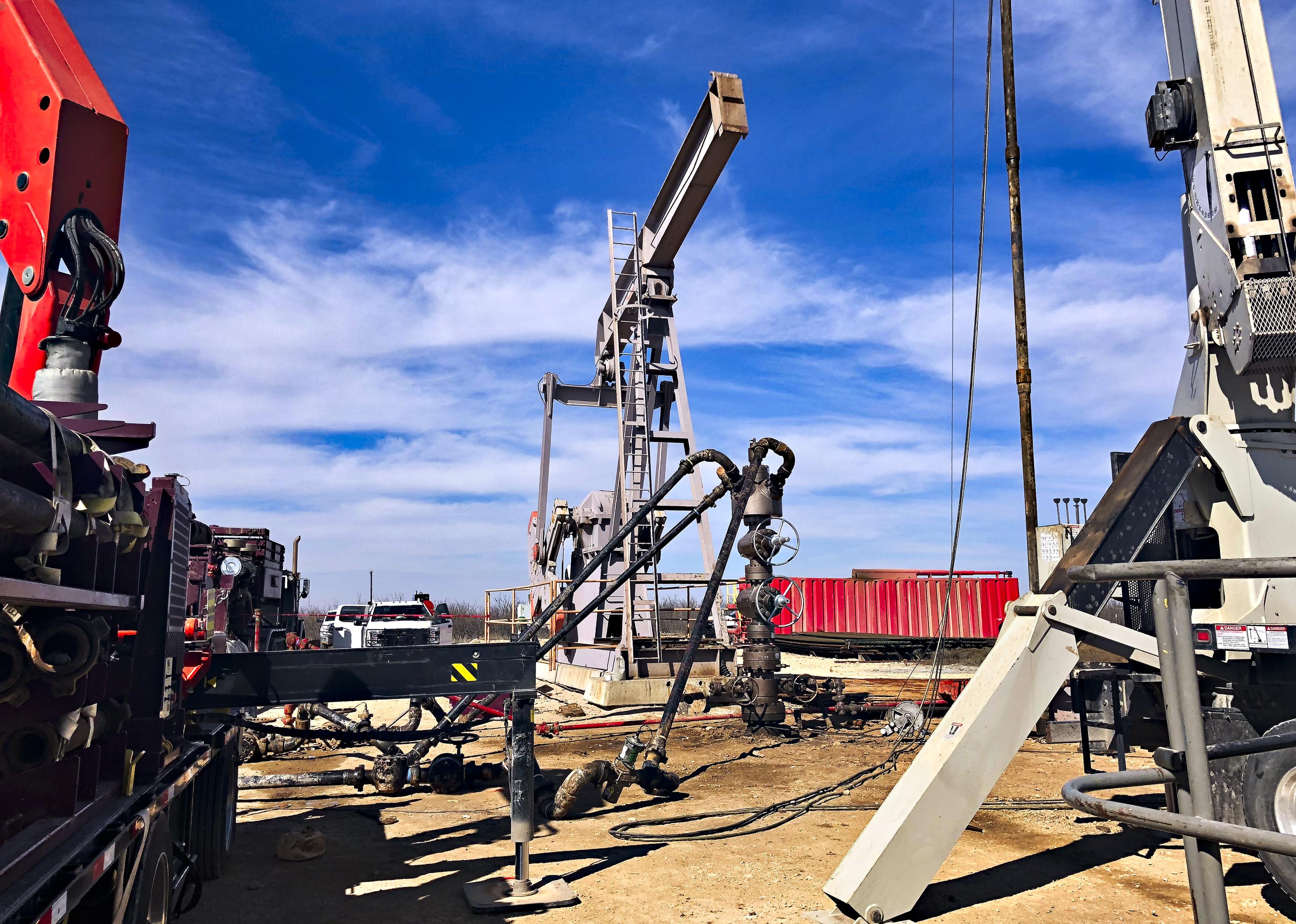
12 states where fracking is most prevalent
Hydraulic fracturing, or "fracking," is a means of gas extraction that requires blasting large volumes of water, sand and chemicals into subterranean rock to drive out and capture natural gas.
The first fracking occurred in the U.S. in the 1860s, followed almost a century later by what we recognize today as modern fracking. Natural gas is significantly more productive than other fossil fuels, with a 92% efficiency rate between wellhead to home compared to 32% for coal. But opponents of fracking cite numerous environmental and health threats, from poisoned groundwater and the destruction of habitats to heightened ground-level ozone that can increase the risk of asthma and other respiratory issues.
Stacker analyzed data from FracFocus, a national hydraulic fracturing chemical registry, to rank states with the most fracking wells. States are ranked by 2020 data, the most recent complete year available. Additional data on natural gas withdrawals from the Energy Information Administration is also provided, however, data on gas production exclusively from fracking is not available.
On average, a fracking well can produce for 20 to 30 years, with some wells producing for far longer. During a fracked well's lifetime, output often drops in the first few years from more than 1,000 barrels a day to 100 barrels. That dropoff means new wells have to be dug regularly to maintain supply. This constant demand can lead to boom towns left with rampant unemployment, wells running dry, and potential health and environmental hazards. Water contamination and air pollution, and even heart attacks and reduced fertility, have all been linked to fracking, studies have shown.
Between 2000 and 2015, the number of hydraulically fractured wells in the United States leaped from 23,000 to 300,000, according to data from the U.S. Energy Information Administration. These fracking wells represented about 67% of natural gas production and 51% of crude oil production across the nation.
Keep reading to discover the 12 states where fracking is most prevalent today.
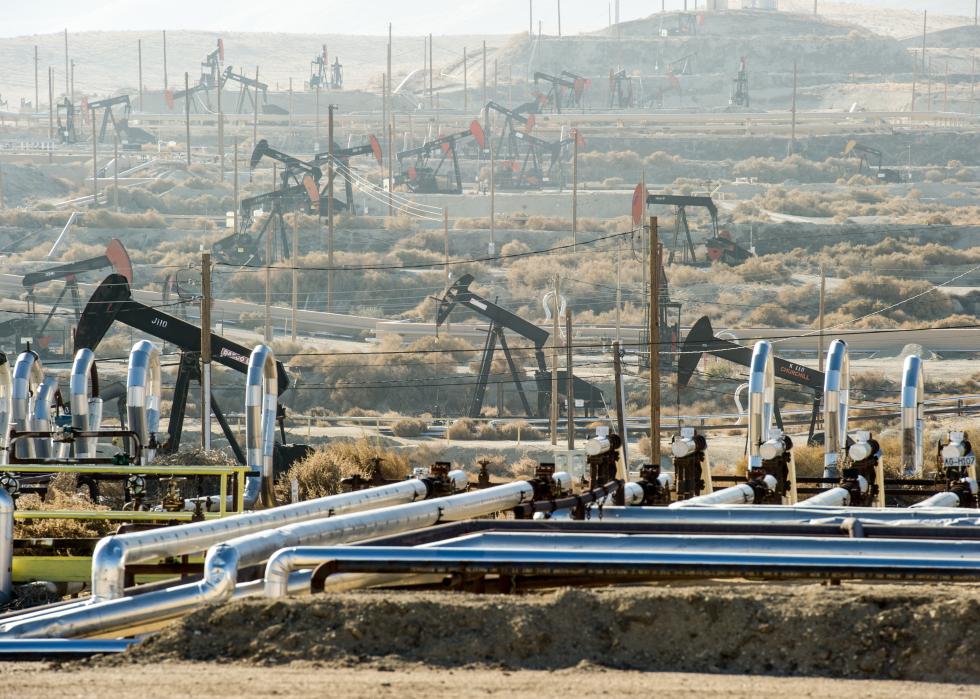
#12. California
- Number of wells, 2020: 1,716
- Number of wells, Jan.- Aug. 2021: 501
- Change in natural gas gross withdrawals, 2000-2020 (from both fracking and other extraction methods): -60.2%
Commercial oil rigs first arrived in California in the mid-1800s, beginning a long history of oil extraction in the state. By 1930, California accounted for a quarter of all American oil production. Fracking touched off in the mid-20th century; in addition to offshore wells, fracking has occurred in at least 10 California counties: Colusa, Glenn, Kern, Kings, Los Angeles, Monterey, Sacramento, Santa Barbara, Sutter, and Ventura.
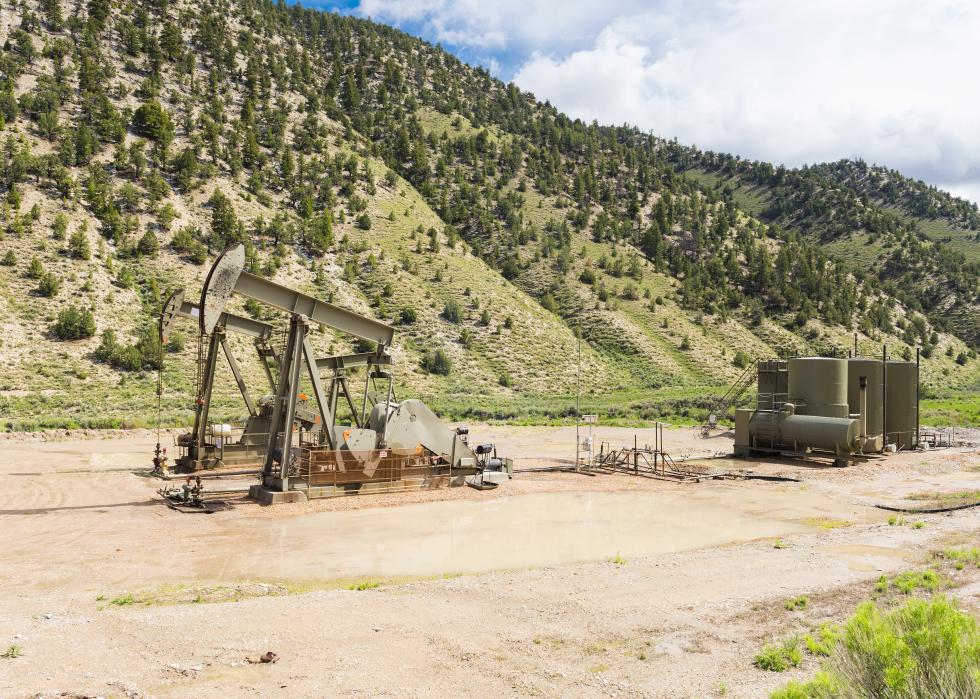
#11. Utah
- Number of wells, 2020: 2,178
- Number of wells, Jan.- Aug. 2021: 4,644
- Change in natural gas gross withdrawals, 2000-2020 (from both fracking and other extraction methods): -14.5%
Most oil and gas extraction in Utah takes place in northeastern Utah’s Uinta Basin. In 2012, researchers from NOAA and the University of Colorado in Boulder reported results from a research project on air pollution in the Uinta Basin, indicating methane leakage by as much as 9% of gas production—double the rates suggested by industry data.
A federal judge in 2020 overturned a Trump administration-era plan to lease over 60,000 acres of public land for fracking in the Uinta Basin, deeming the plan a violation of the law insomuch that it didn’t consider alternatives to leasing all 59 parcels.
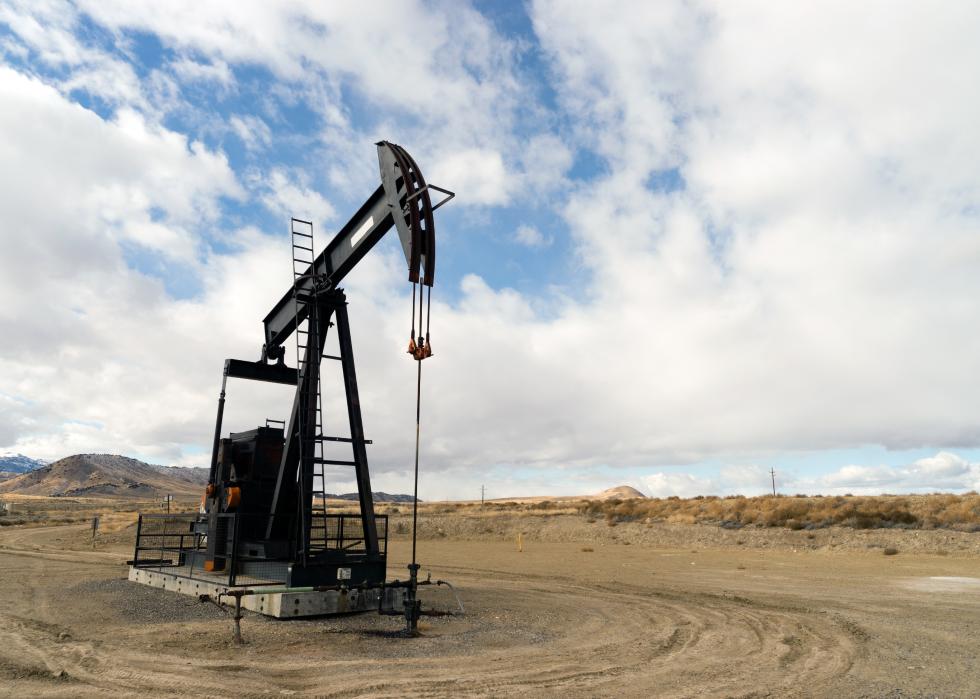
#10. Wyoming
- Number of wells, 2020: 4,701
- Number of wells, Jan.- Aug. 2021: 1,655
- Change in natural gas gross withdrawals, 2000-2020 (from both fracking and other extraction methods): 3.6%
Two of Wyoming’s biggest regions for fracking are the gas sand reservoirs in the Greater Green River and Powder River basins. Since 2010, the state has required disclosure of fracking chemicals by companies. Statewide polling data from the Petroleum Association of Wyoming in 2020 found a full 86% of Wyoming voters approve of oil and natural gas production there.
Wyoming’s gas boom has provided plenty of power—over 2 million cubic feet of natural gas by 2013—but at the cost of its air quality. The state’s smog in 2011 was rated worse than Los Angeles.
You may also like: The best streaming services in 2021
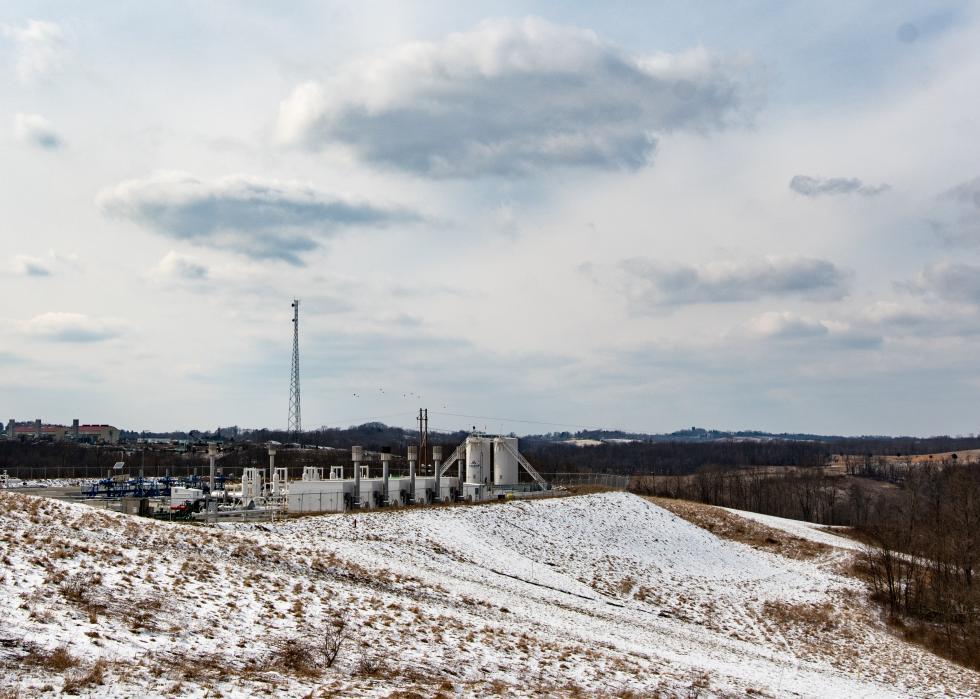
#9. Ohio
- Number of wells, 2020: 6,741
- Number of wells, Jan.- Aug. 2021: 2,245
- Change in natural gas gross withdrawals, 2000-2020 (from both fracking and other extraction methods): 2,190.9%
Natural gas was extracted via fracking from more than 80,000 oil and gas wells in Ohio between the years 1952 and 2014, with natural gas production there ballooning more than 2,200% between 2012 and 2019. Much of the fracking in Ohio occurs along the central-eastern portion of the state over the Marcellus Shale and Point Pleasant-Utica Shale regions.
A report released in February 2021 found that investments into the Ohio River valley to support the oil and gas industry instead resulted in 22 counties throughout Ohio, Pennsylvania, and West Virginia experiencing documented job losses. Seven of those counties are located in Ohio; they collectively saw a net job loss in excess of 8% and a more than 3% drop in population.
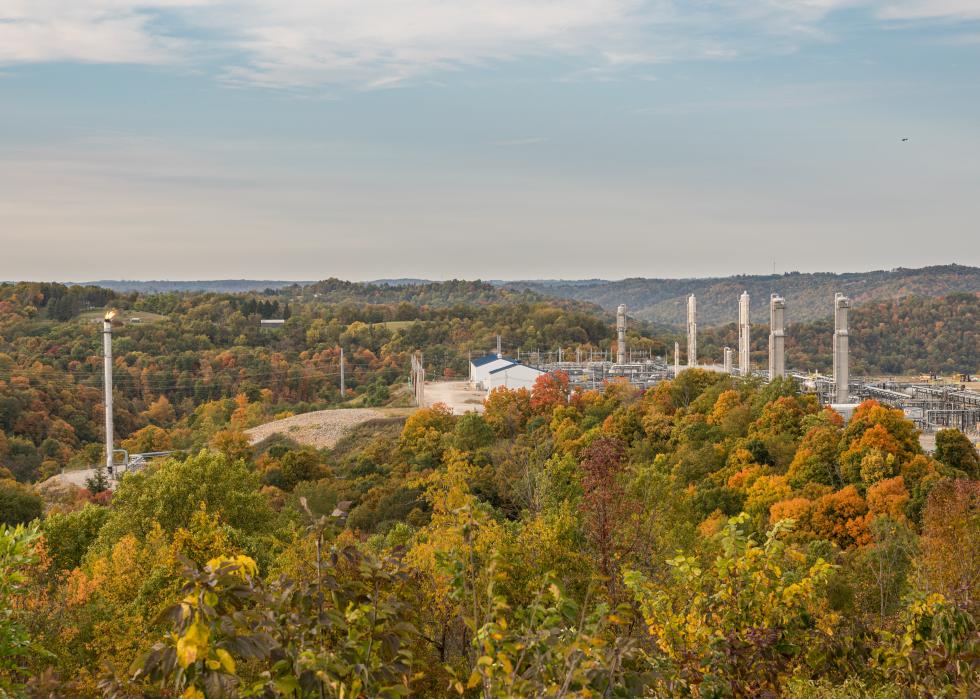
#8. West Virginia
- Number of wells, 2020: 6,741
- Number of wells, Jan.- Aug. 2021: 3,098
- Change in natural gas gross withdrawals, 2000-2020 (from both fracking and other extraction methods): 882.3%
As coal mining loses steam in West Virginia, fracking has spread throughout the state. The natural gas boom began in 2011, with the state experiencing a 50% increase in extraction every year since. The Energy Information Administration reported that in the first half of 2021, 34% of dry natural gas production in the United States came from the Marcellus and Utica shale formations in Ohio, Pennsylvania, and West Virginia.
When mining operations were done with steam or even horses, the use of "split estates"—when landowners agree to relinquish their rights to the minerals below ground while maintaining ownership of everything at ground level—was widespread. As technology advanced, these old contracts have come to light as energy companies constructed wells and infrastructure for fracking sites in the otherwise remote countryside and towns.
You may also like: The best streaming services for sports in 2021
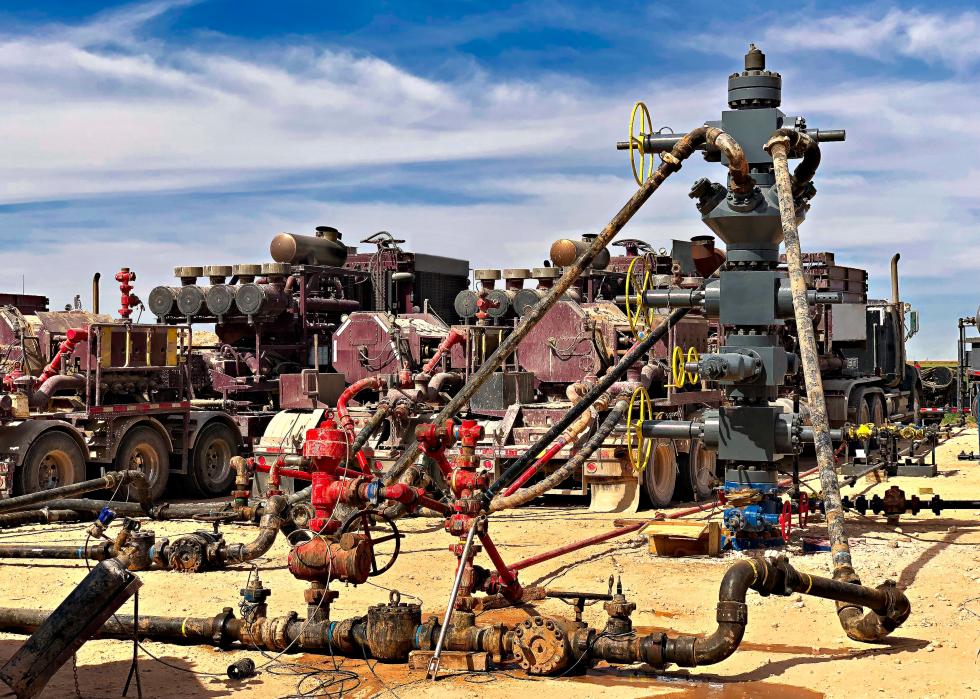
#7. Louisiana
- Number of wells, 2020: 8,515
- Number of wells, Jan.- Aug. 2021: 4,771
- Change in natural gas gross withdrawals, 2000-2020 (from both fracking and other extraction methods): 114.8%
Oil and gas companies have long been drawn to Louisiana for its expansive tax incentives, with fracking primarily concentrated in the Haynesville Shale region in the northwestern part of the state. Natural gas is also extracted from the Tuscaloosa Marine Shale in central Louisiana.
In 2014, St. Tammany Parish voted to ban fracking; in 2015, a state judge ruled that the town could not use zoning regulations to block fracking. In March 2017, new regulations in Louisiana stipulated that fracking operators must provide a chemicals list for their fracking processes—however, like in other states, those chemicals considered to be “trade secrets” do not have to be disclosed.
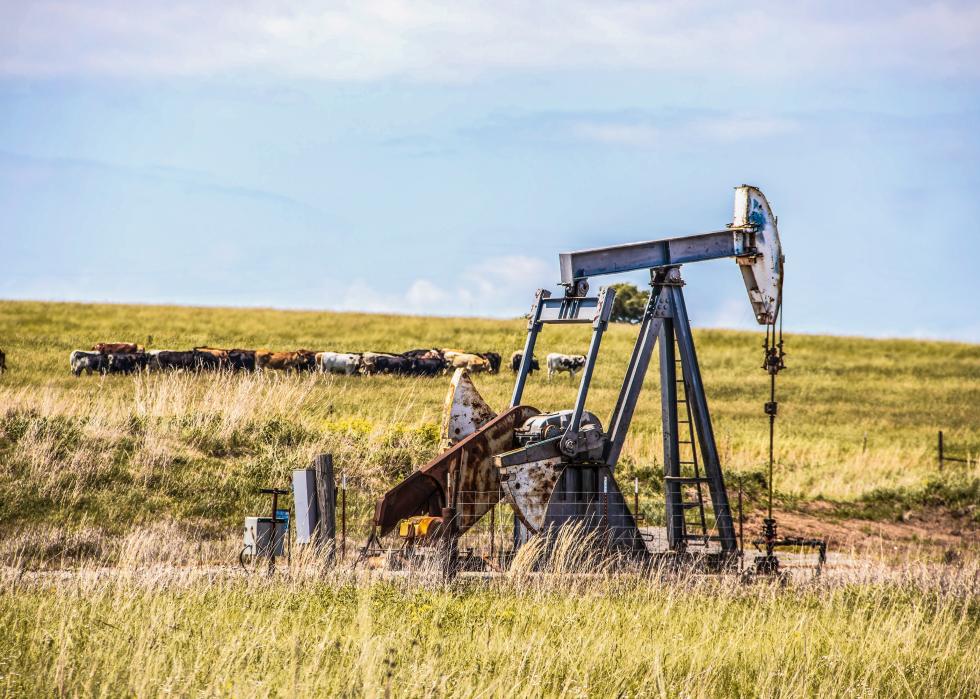
#6. Oklahoma
- Number of wells, 2020: 15,787
- Number of wells, Jan.- Aug. 2021: 7,788
- Change in natural gas gross withdrawals, 2000-2020 (from both fracking and other extraction methods): 72.8%
Oklahoma has seen a sharp rise in earthquake frequency—most of which are due to “wastewater disposal,” in which liquid waste from gas and oil production is shot deep underground. Roughly 90% of this injection in Oklahoma is to get rid of waste from oil extraction, not fracking.
The oil and gas division within the Oklahoma Corporation Commission requires that fracking companies report any potential seismic effects of injecting fluids into wells. Oklahoma’s largest-known fracking-induced earthquake was a magnitude 3.6 in 2019.
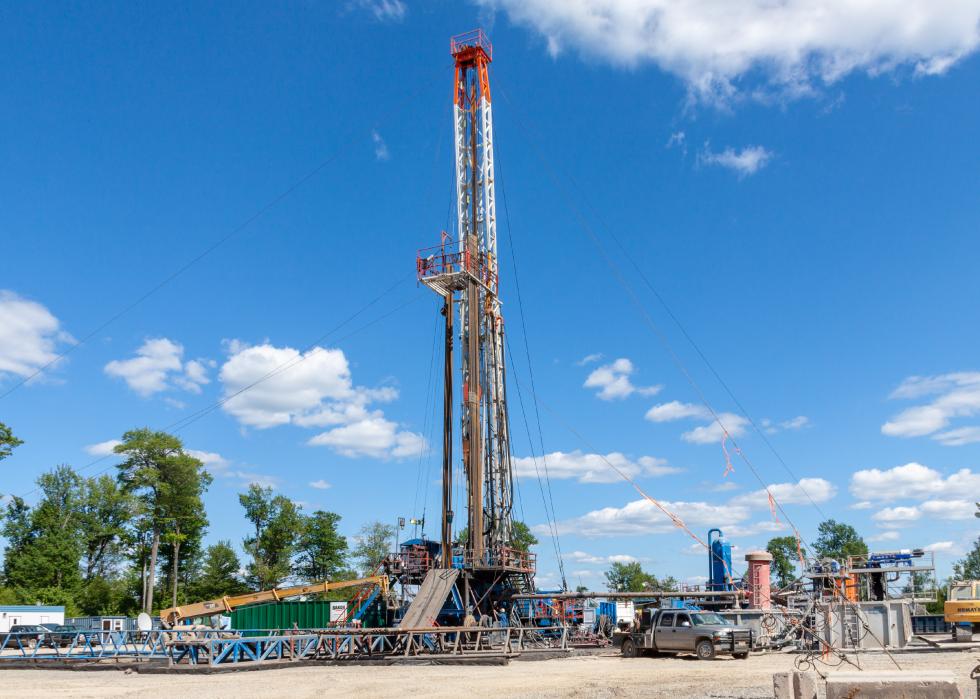
#5. Pennsylvania
- Number of wells, 2020: 17,441
- Number of wells, Jan.- Aug. 2021: 7,828
- Change in natural gas gross withdrawals, 2000-2020 (from both fracking and other extraction methods): 4,759.9%
A historic measure was passed in February 2021 by the Delaware River Basin Commission as all four basin states (Delaware, New Jersey, New York, and Pennsylvania) voted to permanently ban fracking in northeastern Pennsylvania and southern New York, citing evidence of polluted surface, ground, and drinking water. The vote affected two counties in northeastern Pennsylvania that comprise part of the Marcellus Shale.
You may also like: The best streaming services for football in 2021
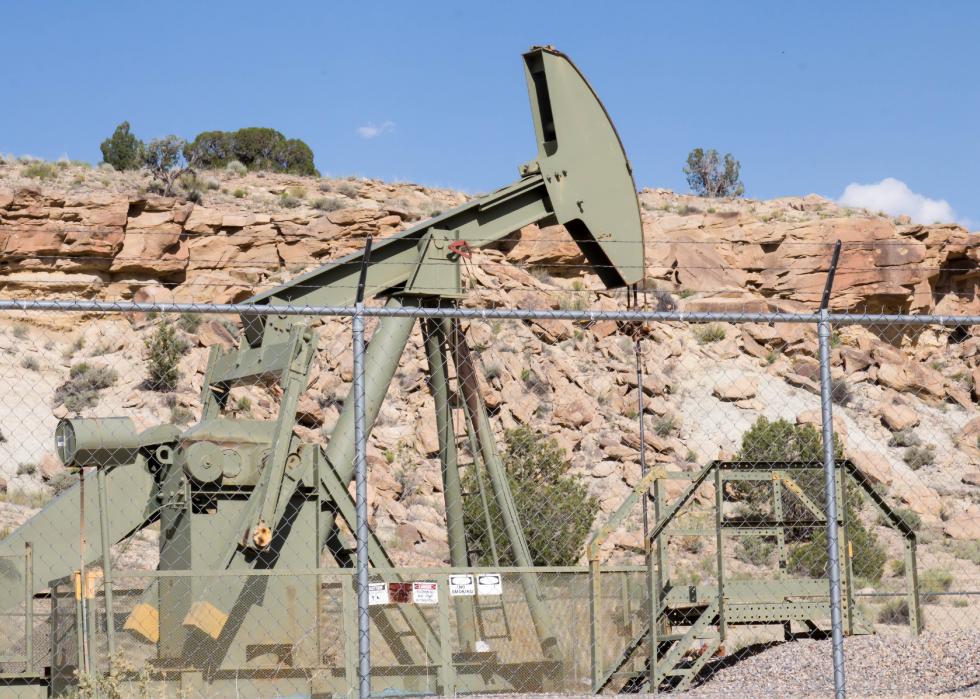
#4. New Mexico
- Number of wells, 2020: 20,015
- Number of wells, Jan.- Aug. 2021: 9,749
- Change in natural gas gross withdrawals, 2000-2020 (from both fracking and other extraction methods): 19.6%
Oil and gas extraction has been touted as essential to the New Mexico economy, with proponents arguing that fracking has been conducted in the state for half a century without a single incident of groundwater contamination. Opponents to fracking made headway in 2021 with a bill that would put a four-year moratorium on new fracking contracts, claiming oil and gas extraction could cause irreparable damage to ecosystems and human health.
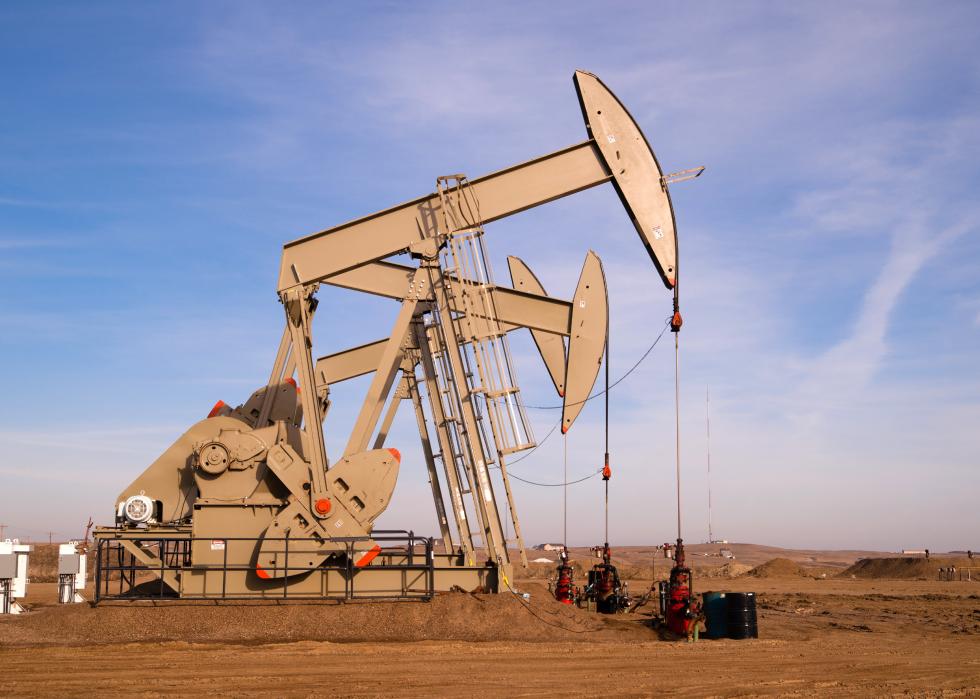
#3. North Dakota
- Number of wells, 2020: 20,364
- Number of wells, Jan.- Aug. 2021: 9,533
- Change in natural gas gross withdrawals, 2000-2020 (from both fracking and other extraction methods): 1,663.3%
Much of North Dakota's oil and natural gas production occurs in the western part of the state, in the Bakken and Three Forks formations. In 2012, the state surpassed Alaska and became the #2 oil-producing state in the U.S., a rise in status widely attributed to its fracking operations.
Many landowners got big payouts by signing property over to natural gas extraction, but they now face a sobering reality of potential water contamination that could affect farms, livestock, and residents.
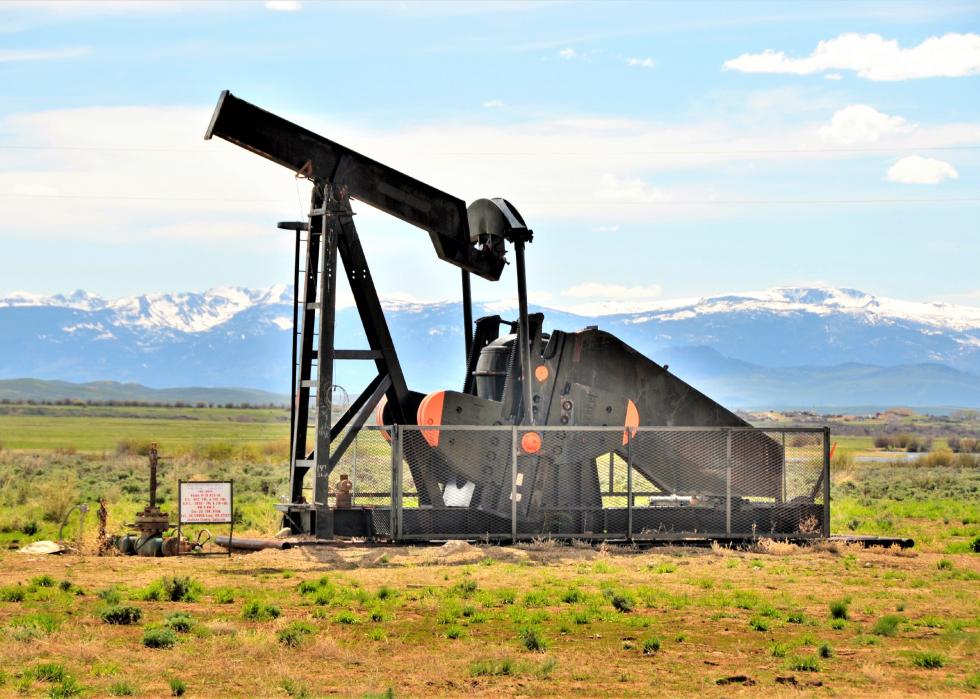
#2. Colorado
- Number of wells, 2020: 20,955
- Number of wells, Jan.- Aug. 2021: 14,509
- Change in natural gas gross withdrawals, 2000-2020 (from both fracking and other extraction methods): 164.5%
One of the first large-scale American fracking operations began in 1973 in Colorado’s Wattenberg Gas Field. That field, located between Denver and Greeley and discovered in 1970, is the Colorado site where the most oil and gas extraction to date has occurred to date.
Over the last half-century, wells have dried up and more have been dug, creating a patchwork of drill sites across rural Colorado that creeps ever closer to higher-density residential areas. Today, drillers have their sights set on populated areas north of Denver, queueing up heightened anxiety toward fracking regulations.
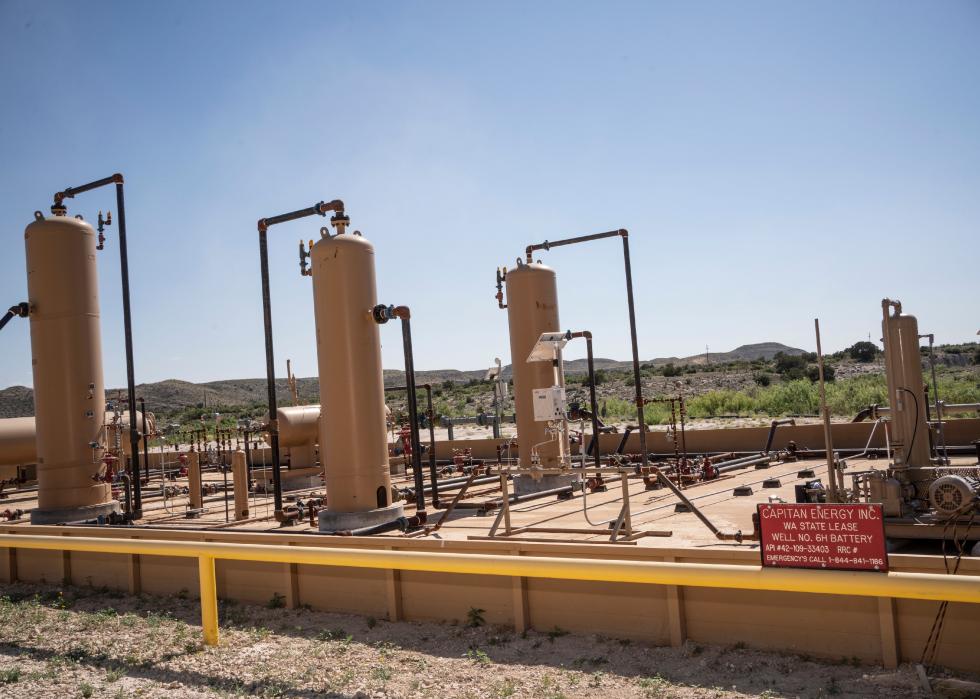
#1. Texas
- Number of wells, 2020: 136,342
- Number of wells, Jan.- Aug. 2021: 82,763
- Change in natural gas gross withdrawals, 2000-2020 (from both fracking and other extraction methods): 79.8%
Texas is situated over parts of numerous basins (Anadarko, Palo Duro, and Permian) and shales (Barnett, Eagle Ford, and Haynesville-Bossier). At the end of the 20th century, when natural gas was giving Texas its second oil boom, Anadarko Basin provided the largest output of natural gas anywhere in the U.S.
Today, fracking is primarily done around Eagle Ford Shale. The first fracking ban in Texas was passed in 2014 in Denton, located along the northern edge of the Barnett Shale. The largest fracking-induced earthquake in U.S. history took place in 2018 in Texas and was a magnitude 4.0.



